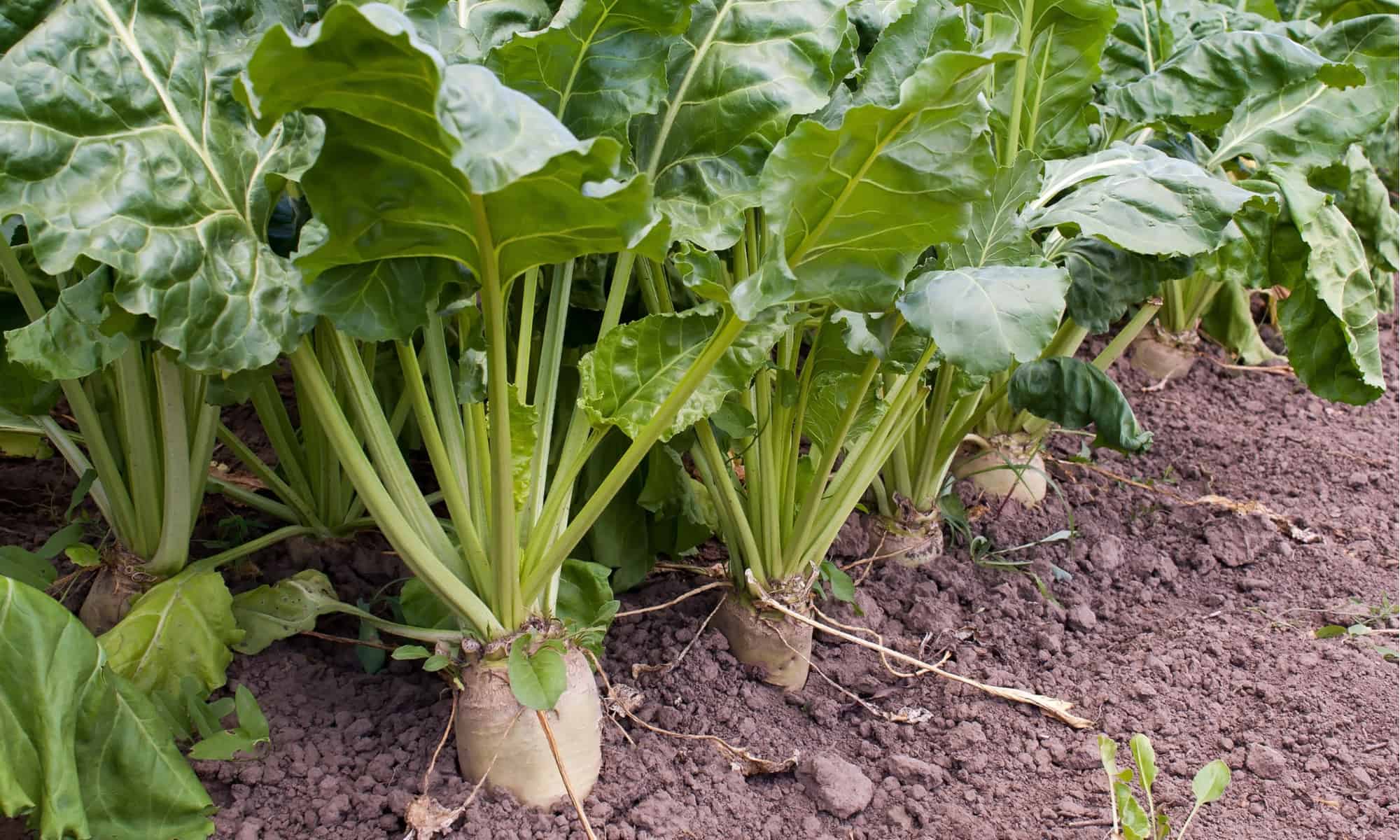Discover the Uses and Benefits of Beet Sugar Vs Cane Sugar in Your Daily Diet
Checking out the unique high qualities of beet and cane sugar exposes greater than simply their sweetening abilities; it highlights their one-of-a-kind influence on health and cookeries. Beet sugar, understood for its refined taste, is often preferred in delicate desserts, whereas cane sugar, with its tip of molasses, adds richness to robust dishes. Each type holds its very own dietary account and glycemic effects, inviting a much deeper understanding of their functions in a balanced diet and lasting intake methods.
Beginning and Manufacturing Procedures of Beet and Cane Sugar

The distinctive climates and dirt types needed for expanding sugar beets and sugarcane contribute to differences in their growing methods and geographic circulation, influencing the economics and sustainability of their manufacturing. beet sugar vs cane sugar.
Nutritional Contrast Between Beet Sugar and Cane Sugar
In spite of stemming from different plants, beet sugar and cane sugar are nutritionally very comparable, both largely being composed of sucrose. Each provides concerning 4 calories per gram, converting to about 16 calories per teaspoon. Structurally, both sugars are composed of approximately 99.95% sucrose, with marginal quantities of other materials like wetness and trace element, which do not dramatically alter their dietary accounts.

Eventually, when choosing between beet sugar and cane sugar based upon dietary material alone, both offer the same benefits and disadvantages as they are basically forms of the very same particle-- sucrose, supplying fast energy without other nutrients.
Effect On Wellness: Glycemic Index and Caloric Material
Exploring even more right into the results of beet sugar and cane sugar on wellness, it is important to consider their glycemic index and calorie web content. The glycemic index Bonuses (GI) of both beet and cane sugar is around 65, classifying them as high-GI foods, which can trigger quick spikes in blood glucose levels.
Each type of sugar consists of around 4 calories per gram, making their caloric content equivalent. For those monitoring calorie intake, especially when managing weight or metabolic wellness conditions, understanding this equivalence is vital (beet sugar vs cane sugar). However, too much usage of any type of high-calorie, high-GI food can contribute to health concerns such as weight problems, heart problem, and insulin resistance.
Environmental and Economic Considerations of Sugar Manufacturing
Beyond health and wellness impacts, the manufacturing of beet and cane sugar also elevates considerable ecological and financial issues. Sugar beet farming has a tendency to require cooler climates and has a reduced geographical footprint contrasted to sugar cane, which prospers in tropical regions. Both crops are intensive in terms of water use and land Full Report profession, potentially leading to click here for more info deforestation and water scarcity. Economically, the global sugar market is highly volatile, influenced by changes in worldwide profession policies and aids. Numerous nations incentivize sugar production with financial backing, skewing market costs and influencing small farmers adversely.
Furthermore, using chemicals and fertilizers in both beet and cane sugar farming can lead to dirt destruction and contamination, more impacting biodiversity and neighborhood water bodies (beet sugar vs cane sugar). The choice between cultivating sugar beet or cane often rests on local ecological conditions and financial factors, making the sustainability of sugar manufacturing a complex problem
Culinary Applications and Taste Distinctions
While the ecological and economic elements of sugar manufacturing are indeed considerable, the selection between beet and cane sugar also affects cooking applications and flavor accounts. Beet sugar, originated from the sugar beet plant, is recognized for its incredibly neutral taste. This makes it a versatile component in baking, where it does not alter the taste of other parts. It liquifies swiftly and is suitable for use in cakes, cookies, and pastries.
Walking stick sugar, removed from sugarcane, often keeps molasses traces, which present a distinct splendor and deepness. The slight variation in dampness content between beet and cane sugar can impact the appearance and consistency of meals, making cane sugar a favored selection for specific recipes that profit from its unique homes.

Final Thought
To conclude, both beet and cane sugar have distinct beginnings and production processes, supplying comparable dietary accounts with mild differences in salt web content and taste. While their influence on health and wellness, particularly relating to glycemic index and calories, is comparable, the option between them typically steams down to environmental, economic variables, and particular culinary needs. Understanding these aspects can guide customers in making informed choices that straighten with their wellness goals and taste choices.